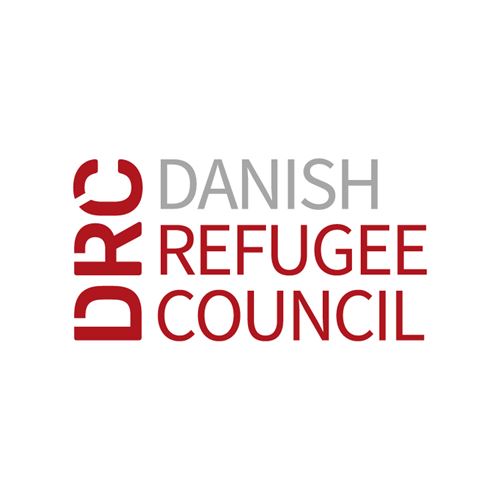The humanitarian situation in Sudan has long been critical and the country was already in turmoil due to a combination of conflict, extreme weather patterns and political and economic crisis, which has resulted in high levels of vulnerability. 15.8 million people were in need of humanitarian assistance before the conflict started, and over 4 million were in need of protection support.
The escalation of conflict, including attacks on humanitarian workers, put humanitarian agencies in a deadlock, preventing them from providing life-saving assistance to a large portion of the population. DRC is doing everything possible to gradually resume programme implementation where and when possible, in a safe, principled and non-discriminatory manner.
From Khartoum, Davina Jeffery, DRC’s Country Director in Sudan, noted that "as the situation continues to deteriorate and people’s food, water and fuel supplies dwindle, we can expect that people will move in search for safety and assistance. We must be prepared to support people wherever they are."
James Curtis, DRC Executive Director in East Africa and Great Lakes says:
"Our priority is to ensure that civilians and humanitarian workers are allowed safe passage out of conflict zones and that humanitarian law is respected. We strongly condemn any attack on civilian and humanitarian populations and infrastructure."
Before the conflict, humanitarian needs were at an all times high
Sudan hosts one of the largest displaced populations in Africa. 1.1 million refugees, largely from South Sudan and Eritrea, are currently in the country – primarily in White Nile, Khartoum and East Darfur. In addition, 3.7 million people are displaced within Sudan as a result of conflict, violence and flooding, including 300,000 newly displaced in 2022. 84 percent of IDPs are in Darfur, where some have been displaced for up to 20 years.
The country also faces high levels of food insecurity. Approximately one third of the country’s 46.7 million population faced food insecurity in March 2023. In Darfur, 30 percent of people struggle to put food on the table for their families and are in need of food and livelihoods support.
Humanitarian needs are only growing with the economic deterioration that has made vulnerable communities less resilient due to sharp increases in food and energy costs and low rates of foreign investments.
What does DRC do in Sudan?
DRC has been present in Sudan since 2004, delivering life-saving programming in protection, emergency response, shelter, food security and livelihoods, disaster risk reduction, camp management, and humanitarian mine action.
DRC implements projects in Central Darfur, South Darfur, South Kordofan, Gedaref, Kassala, and Khartoum states.
